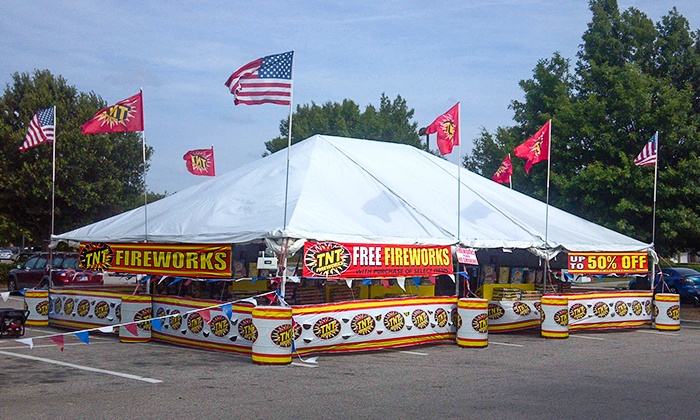OCTOBER 2022, issue 3
ELITE PERMITS
BRIEFING ON CONSTRUCTION & Some other stuff
Written by TATIANA gUSt
TUP stands for temporary use permit, and it is a type of permit that allows short-term activities that may not meet the current development and zoning codes, but since it is temporary in nature, it is allowed under these special circumstances. This type of temporary permit is not necessarily a building permit but often is a zoning permit. In general, local municipalities have specific regulations related to temporary uses and structures which may vary widely between cities and states. Let’s review some examples.
Have you seen the tents that sells fireworks for the holidays or trees for Christmas? These are structures that require a permit because they are located on public property and they allow the public to come into the tent area. Since these structures are temporary in nature, they are issued a temporary use permit.
So, what do you have to provide to qualify for a temporary use permit? As you probably remember from my previous blogs, the intent of the codes (either building, fire, or zoning code) is to protect property and the occupants of a building. The same applies to these structures. For example, the permit ensures the temporary structure meets minimum fire resistance for the fabric, the installation meets the minimum safety requirements, there are fire extinguishers within the area, and there is an appropriate area to park and access, etc.


Some examples of structures that use TUP are Residential campers and Fireworks Tents
In general, the requirements may change for each city/county, but as a minimum applicants should provide:
- A site plan with location of temporary use
- Access to the site/parking
- Amount of time for the temporary use
- Life safety items (such as fire extinguisher)
- Contact for person in charge
Another, typical temporary use permit is trailers within a construction site or sales center within a new development. They put together several trailers for temporary offices or take a new single-family home and convert it into a temporary sales center. These structures are required to provide handicap access, including but not limited to: ramps and parking spaces, temporary restroom facilities, and water service (bottled water in case you get thirsty while visiting these structures). These are considered temporary uses that usually last two years during the completion of a project or the sales process in a new development.
In some areas, there is also temporary use permits within residential areas. For example, if the zoning allows it, you may have a camper parked on your front yard, but this is only allowed for a period of time. Typically, we see these permits for about 180 days. Applicants just get a temporary zoning permit to connect to the power, but this camper will eventually move and not become a fixture in the front yard.
So, permits for temporary structures are a common thing, but not many people are aware of it. These TUPs are not difficult to obtain, although many people don’t have the necessary information because they think since it is temporary it will not require a permit.
Keep in mind that smaller cities may not have a formal procedure for approval of these permits, but if in doubt, just ask your local building/zoning department.
I hope this brings some helpful information to you or someone you know. Let me know if you want to see about other topics, and I will see you next time.







